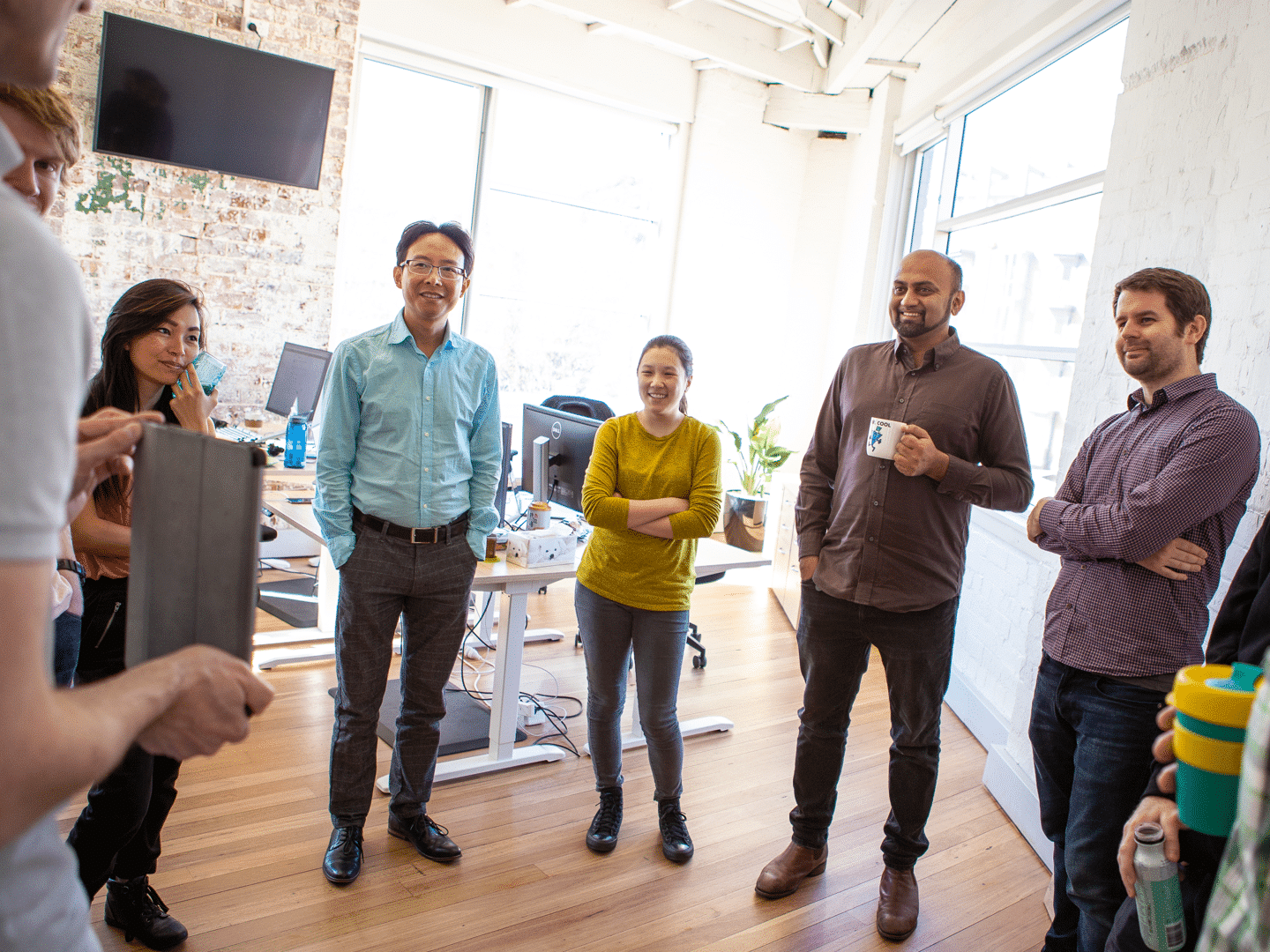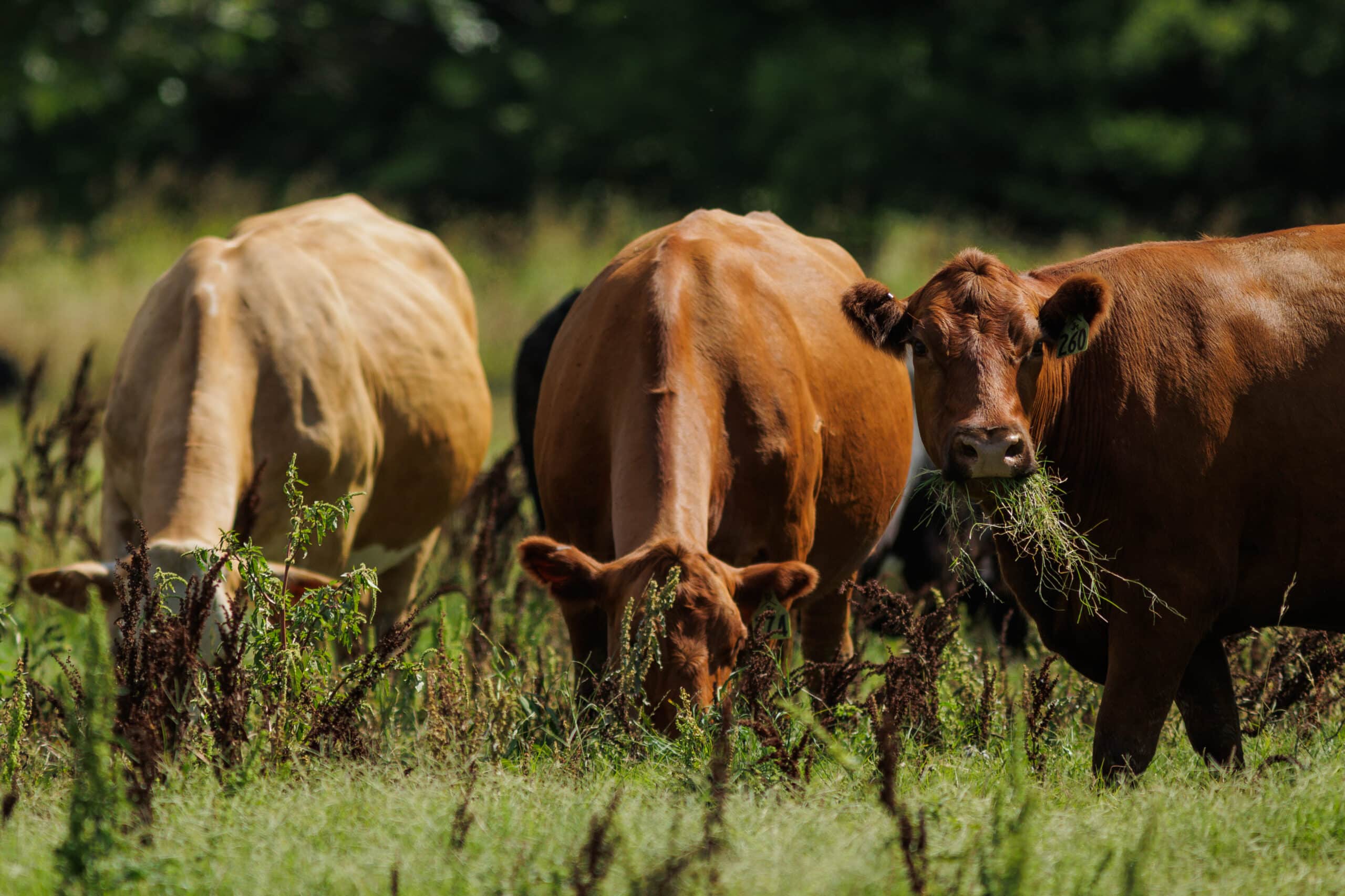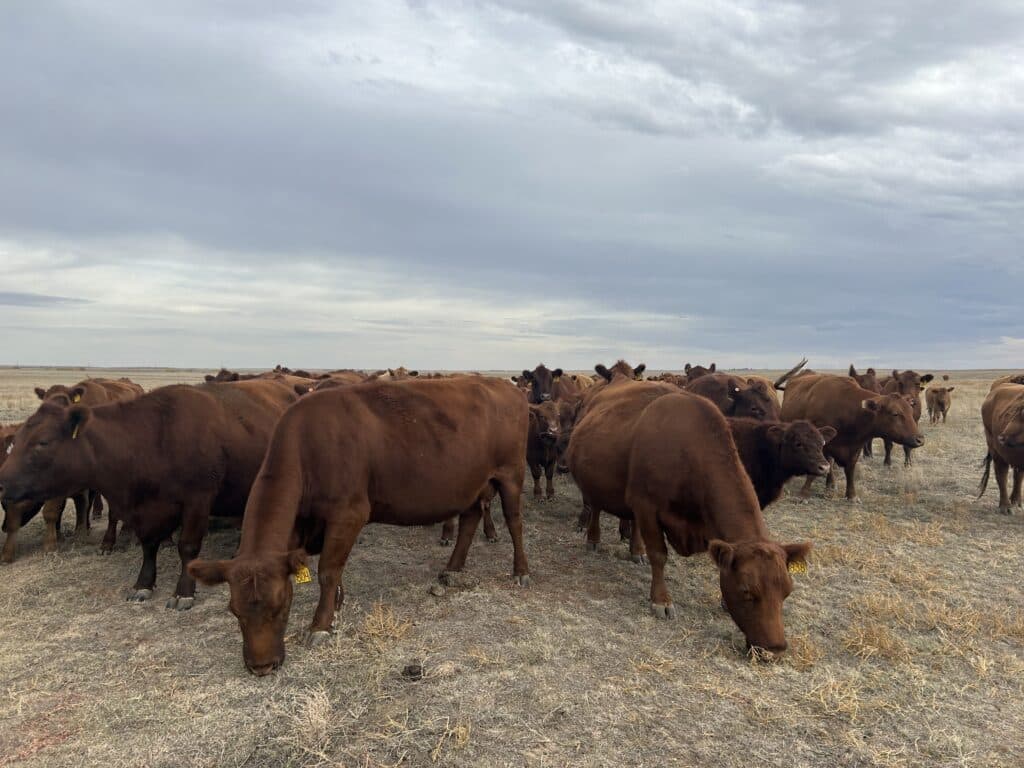Meet the AgriWebb Research and Development Group

My job at AgriWebb has evolved over the years, from starting as the first employee on my kitchen table to growing to supporting 14,000 livestock producers with 60 million livestock through the system over the past 8 years. The initial job title was Head of Engineering, though it was very hands-on at the start as the head was missing its body (colleagues) for the first few weeks. Over the next 6.5 years we saw the engineering team steadily grow as the customer base spanned 5 continents.
The Need for Planning
Over this time, in this role I noticed a few problems arise. One is that while AgriWebb had become very good at capturing all the ‘Actuals’ of what was happening on-farm, whether that be manual entry records (e.g. score, treatment, feed), IOT devices (water levels), remote sensing satellites (Feed On Offer) or directly in the crush connecting to EID hardware (live session templates), it did not do enough to address the ‘Planning’ aspect of farming. Engaged producers wanted to make use of all the data they were capturing to help plan for the future. Good planning can help producers reduce their risk, by analysing different scenarios and being ready for them instead of reacting too late. We did do some rudimentary livestock weight predictions, by extrapolating the last 2 weights to predict a future weight, but unfortunately just like humans, grass, and anything natural, nothing (including livestock) grows in a straight line. Animal growth will have a beautiful natural curve to it based on the livestocks age, breed and conditions, that should be taken into account when forecasting weight.
Productising AgTech Research
Which brings us to the second problem, in that there is already a wealth of research going on in livestock and pasture in academia, though AgriWebb, as the livestock market leader, was not making good use of it in the product. Livestock growth curves and pasture growth analysis have been studied and verified for decades by ag science departments. Unfortunately the results of this becomes a research paper that is out of reach for most producers or the research project develops yet another single purpose website, that expects the farmer to enter in all their farming details again (and remember yet another username and password) to see the results. A lot of these websites drop off on usage over time, as researchers have many strong points (and i DO love research), though they are not its product marketing, growth, support, website maintenance, user experience and sales, nor should they be. Imagine what would be possible if the benefits from research could be embedded seamlessly in a tool the farmer uses daily. The other issue is these research papers are often tested on a sample size often of 3 farms, 5 farms, even 20 farms. What can researchers learn by giving them anonymised access to 8000 farms and 60 million livestock with unprecedented detail on animal characteristics, pregnancy, breeds, weights, treatments, paddock grass types etc as long as the privacy is maintained and the end result is going to help the producer?
Good Engineers Make Good Software
Finally, we all know that AgTech is where the real excitement is going on but the domain does not appear on the radar for most software graduates. Many university computer engineering students dream of being a cog in the big friendly giants of Atlassian, Canva, Google or even the banks; they did not know AgTech was an option. We found hiring was hard to get the good developers to even apply. We started the AgriWebb engineering team with a bang, cherry picking the best people we had worked with in our career, but the next hire took us 3 months to find and a LOT of interviews along the way! Our tech leadership were all previously on the IBM product developer interview panel but we could not find people that could answer similar interview questions for AgriWebb. Over the years, we realised that if we could actually find and talk to good calibre engineers, they were not just hooked by AgTech, but deeply passionate about wanting to join. You mean you get to play with satellite data, IOT devices, offline synchronisation with local-first software, event sourcing issues, to a really great customer base that are thankful that you are providing real solutions for them and making their lives easier? And with the massive push for sustainability needing to really know and analyse the existing data so it can be improved, you can help make farming more resilient and productive – doing your bit to help the planet? How can we spread the good word of AgTech into the ears of the top engineers before they are poached by the giants? We have to get in early, at university.
Let’s Get Started
So for these reasons, I decided to push for a R&D Group at AgriWebb. Luckily, our CTO and founders were forward thinking enough to understand the benefit, as R&D is rare in startup land versus the typical scramble for customer acquisition. The R&D Group started as skunkworks in 2022, but behind the scenes so far we have got:
- Made AgriWebb an accredited supplier for the Farms of the Future NSW DPI grant ($20 million for farmers to buy IOT & AgriWebb),
- worked on 6 internal AgriWebb group projects with 45 university students, (thank you and hello Calendar!)
- set up 4 final year capstone projects for software engineering students on new AgriWebb improvements
- hired 5 software interns and 1 design intern, all who are still involved in the company,
- assisted the USA AgriWebb team to apply and win multiple US Department of Agriculture grants worth millions,
- initiated and designed a 4 year, 36 person research project with the Food Agility CRC called Foragecaster with industry partners Cibo Labs and FlintPro, and universities UTS and QUT, to help forecast livestock and pasture growth using machine learning, plan for sustainability improvements and improve resilience. The outputs will be a new grazing planner and a scenario planner for the producer.
So it is about time to let people know. And we are just getting started.
Dr Kenny Sabir
VP of Research & Development


